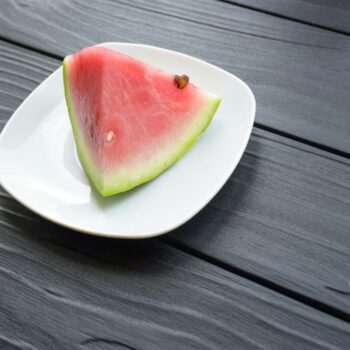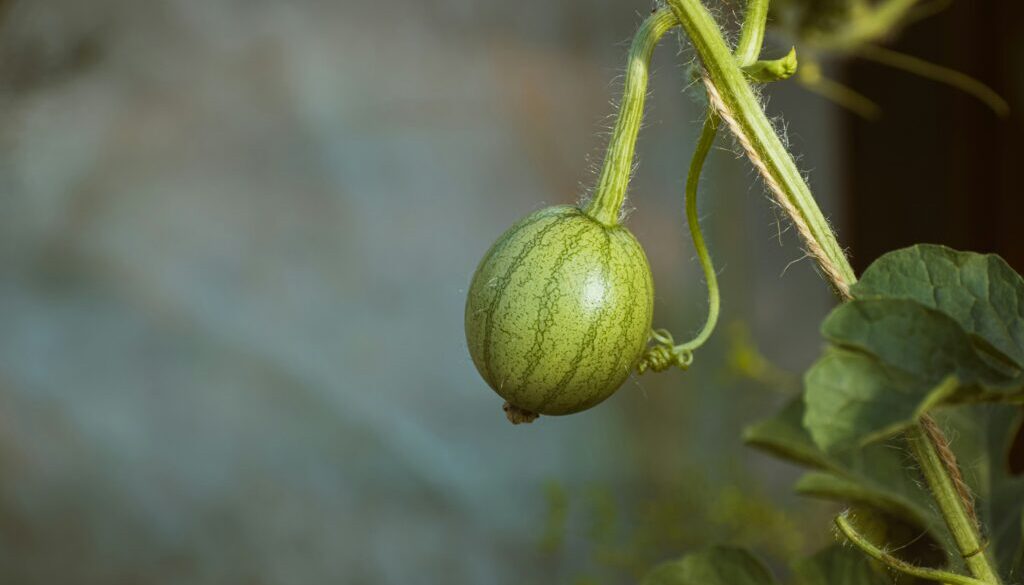Growing Watermelon in Your Texas Garden: Tips and a Tale
Watermelons are synonymous with summer, providing a refreshing treat that’s as satisfying to grow as it is to eat. If you’re in Texas, the warm climate is perfect for cultivating these juicy fruits. Here’s a guide to growing the best watermelons in your garden, along with a funny tale that underscores the trials and triumphs of gardening.
Getting Started: Preparing the Soil
To ensure your watermelons thrive, start with the right soil. Watermelons need well-drained, sandy loam soil with a pH between 6.0 and 7.0. Adding compost or aged manure can enrich the soil, providing the necessary nutrients. In Texas, where the soil can be clay-heavy, consider raised beds or mounds to improve drainage.
Planting Your Seeds
Watermelons need plenty of space to grow, so plant the seeds in hills about 6 feet apart. Planting in rows also works, but make sure there’s ample space between each plant. Texas’ growing season can be long and hot, so plant your seeds after the last frost date, typically in late March or early April.
Watering and Feeding
Consistent watering is key, especially during the flowering and fruiting stages. Water at the base of the plant early in the morning to reduce the risk of diseases. In Texas, where the summer sun can be intense, a drip irrigation system can help maintain consistent moisture without wetting the foliage.
Dealing with Pests
Common pests like aphids, cucumber beetles, and, as I discovered, squirrels, can wreak havoc on your watermelon patch. Use row covers to protect young plants and consider natural predators like ladybugs to keep aphids at bay. For larger pests like squirrels, physical barriers or repellents might be necessary.
A Squirrelly Encounter
One hot Texas afternoon, I was watering my watermelon patch, eyeing a particularly large and juicy watermelon that I planned to harvest in two days. As I admired it, I noticed a squirrel emerge from underneath. It looked me straight in the eye, almost smugly, and then calmly sauntered away. Suspicious, I checked the watermelon. To my dismay, there was a big hole at the bottom, and the inside was completely hollow! That cheeky squirrel had enjoyed my watermelon before I could. Since this incidence, I either put a chicken wire around the vine or plant watermelon in my small enclosure.
Knowing When to Harvest
One of the best tips for harvesting watermelon is to check the tendril closest to the fruit. When this curly, green string turns brown and dry, it’s a good indication that the watermelon is ripe. Another sign is the spot where the watermelon rests on the ground; it should turn a creamy yellow when the fruit is ready to pick.
Tips for Texas Growers
1. Choose the Right Varieties: Select watermelon varieties that are well-suited to Texas’ climate, such as ‘Jubilee’ or ‘Charleston Gray’.
2. Mulching: Use mulch to retain soil moisture and regulate temperature, which is crucial during Texas’ scorching summer days.
3. Shade Cloth: If the sun gets too intense, consider using shade cloth to protect the young fruits from sunburn.
4. Regular Feeding: Watermelons are heavy feeders. Use a balanced fertilizer during planting and switch to a high-phosphorus fertilizer as the plants begin to flower.
Growing watermelons in your Texas garden can be a rewarding experience, filled with both delicious rewards and unexpected surprises. By following these tips and keeping an eye out for opportunistic squirrels, you’ll be well on your way to harvesting juicy, sweet watermelons all summer long. Happy gardening!






